According to the patient's father, 3 hours before entering the hospital, the child and his two brothers (8 years old and 11 years old) played and watched TV together in a separate room. The camera footage from the time the children entered the room until the family discovered them was about 12 minutes. Also according to the camera footage, when entering the private room, the child was holding a string about 80cm long.
When the family discovered the child, the drawstring was wrapped around his neck and hanging from a mosquito net hanging across the room. At that time, the child showed signs of cyanosis and difficulty breathing. The family performed mouth-to-mouth resuscitation and chest compressions on the spot for 5 minutes, then the child began breathing again on his own, his lips were pink, but he was still drowsy and unconscious, so the family took a taxi to the Agricultural General Hospital for emergency treatment.
Here, the child was lethargic and agitated, and brain damage due to “hanging” was suspected, although the results of the brain scan and cervical spine scan showed no abnormalities. However, the doctors still decided to transfer the child to Bach Mai Hospital for further monitoring and assessment.
On the same day, the patient was transferred to the Pediatric Center, Bach Mai Hospital to screen for risks of brain damage, cerebral edema, increased intracranial pressure, circulatory failure, respiratory failure due to strangulation, and suffocation. At the time of admission to the Pediatric Center, the patient was in a coma, had a balloon pump through an endotracheal tube, scattered dot-like hemorrhages in the head and face area, and had a 0.5cm diameter, 25cm long mark in the anterior neck area.
 |
Image of ligature marks on the patient's neck. |
The patient was quickly given emergency care and treated with the high-tech method of “controlled hypothermia” (active). This method aims to protect the nerves, minimize brain damage, circulatory and respiratory complications, and increase the patient’s chances of survival.
Specialist II Doctor Doan Phuc Hai, Pediatric Center, Bach Mai Hospital, directly treated the patient, shared: The patient's body temperature was quickly lowered and maintained at 34 degrees Celsius, reducing damage, reperfusion in the brain, increasing survival rate and restoring neurological function.
After 72 hours of active hypothermia treatment, the patient's body temperature was raised, rewarmed to normal levels, and monitored for 48 hours. When the body temperature returned to normal, the patient gradually regained consciousness and the breathing tube was removed. Vital signs were stable, with good consciousness.
"After 5 days in the hospital, the child was completely awake. The results of the heart, lungs, brain MRI, and cervical spine showed no abnormalities. This is also the first case of a 5-year-old child "hanging himself" that we have encountered," said Dr. Hai.
Dr. Nguyen Thanh Nam, Director of the Pediatric Center, Bach Mai Hospital, recommends that to protect their children from rare accidents like the above, parents need to limit or eliminate objects with strings within the reach of young children, and not let children play with drawstrings, handbag strings, curtain strings, phone charger cords, headphone cords, etc. Families should avoid letting children wear clothes with long drawstrings, especially in the collar or hood area.
Close supervision of children, especially in preschool age, is very important because children aged 2-6 are very active and do not yet perceive the dangers of surrounding objects. Never let children play alone in a room with many objects that pose a risk of accidents; teach children not to wrap ropes around their necks, not to climb on ropes, and not to play with ropes near their bodies.
It is necessary to design a safe living environment such as tying up or removing curtain cords and hanging cords in the baby's room; using protective devices or shortening the cords if they cannot be completely removed.
Families need to learn basic first aid skills to handle accidents promptly, especially cardiopulmonary resuscitation (CPR) techniques for young children.
In addition, doctors also warn that for young children, there are many risks such as swallowing foreign objects, falling injuries, electric shock, drowning due to falling into ponds, lakes, rivers, etc. As summer vacation is approaching, parents need to be more vigilant to ensure the safety of their children.
Source: https://nhandan.vn/be-trai-5-tuoi-tim-tai-vi-bi-dai-rut-quan-that-co-post878586.html




![[Photo] Readers line up to visit the photo exhibition and receive a special publication commemorating the 135th birthday of President Ho Chi Minh at Nhan Dan Newspaper](https://vphoto.vietnam.vn/thumb/1200x675/vietnam/resource/IMAGE/2025/5/17/85b3197fc6bd43e6a9ee4db15101005b)
![[Photo] More than 17,000 candidates participate in the 2025 SPT Competency Assessment Test of Hanoi National University of Education](https://vphoto.vietnam.vn/thumb/1200x675/vietnam/resource/IMAGE/2025/5/17/e538d9a1636c407cbb211b314e6303fd)

![[Photo] Prime Minister Pham Minh Chinh chairs meeting on science and technology development](https://vphoto.vietnam.vn/thumb/1200x675/vietnam/resource/IMAGE/2025/5/17/ae80dd74c384439789b12013c738a045)
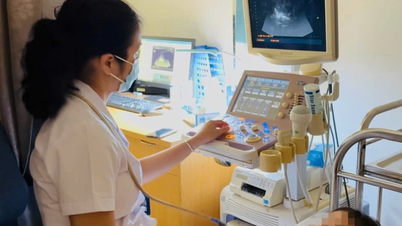

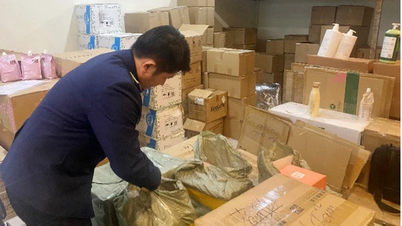
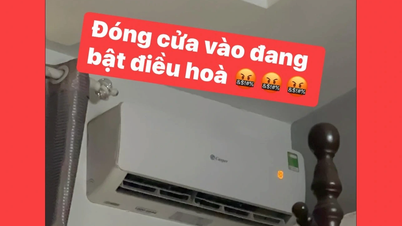



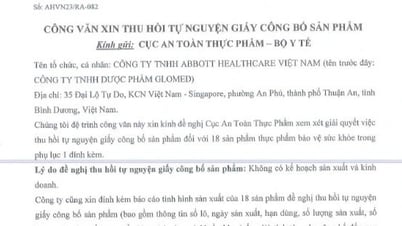

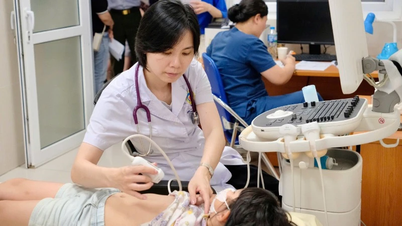






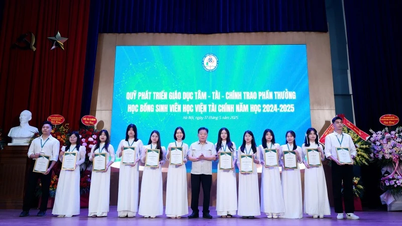

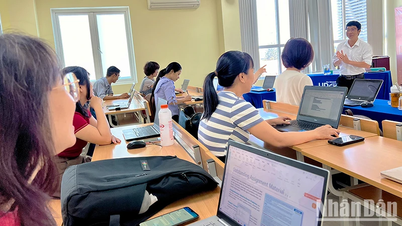

![[Photo] Nearly 3,000 students moved by stories about soldiers](https://vphoto.vietnam.vn/thumb/1200x675/vietnam/resource/IMAGE/2025/5/17/21da57c8241e42438b423eaa37215e0e)

















































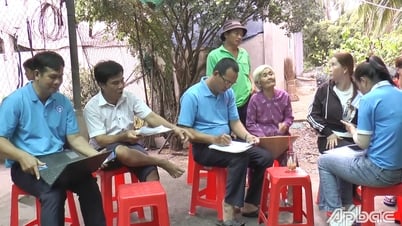





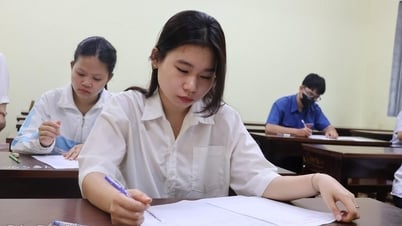

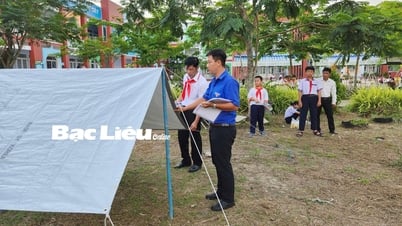










Comment (0)